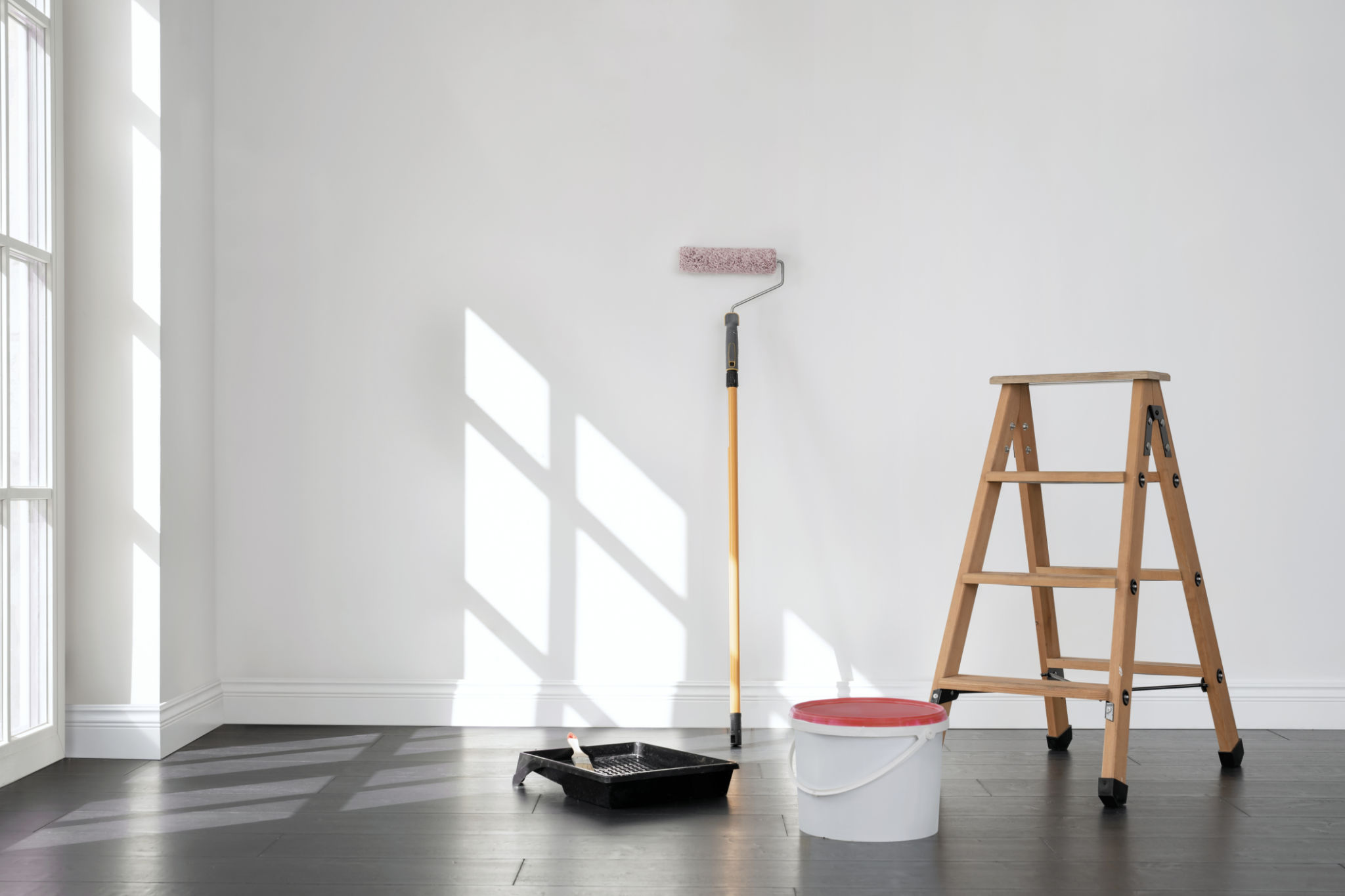Preparing Your Home for a New Paint Job: Seasonal Tips and Tricks
Understanding the Importance of Seasonal Preparation
Painting your home is a significant investment that can transform its appearance and increase its value. However, timing is crucial when preparing for a paint job. Depending on the season, different factors can affect the outcome of your project. By understanding these seasonal nuances, you can ensure that your home looks its best and that your new paint job lasts for years to come.
Each season presents unique challenges and opportunities for painting projects. For instance, temperature and humidity levels can impact paint drying times and adhesion. By tailoring your preparation efforts to the season, you can mitigate these challenges and optimize your results.

Spring: Embrace the Fresh Start
Spring is an ideal time for a fresh coat of paint, thanks to milder temperatures and moderate humidity. Before starting your project, take advantage of the pleasant weather to inspect your home’s exterior for damage caused by winter weather. Look for peeling paint, cracks, and other imperfections that need addressing.
Once you've identified areas that need attention, clean your home’s surfaces thoroughly. Removing dirt, mildew, and debris ensures better paint adhesion. Consider using a power washer for a deeper clean. This step is crucial because even the most durable paints can struggle to adhere to dirty surfaces.
Summer: Managing Heat and Humidity
Summer offers longer daylight hours, providing more time to complete your painting project. However, high temperatures and humidity levels can pose challenges. To avoid issues like blistering or uneven drying, aim to paint during cooler parts of the day, such as early morning or late afternoon.
Additionally, ensure you're using paint products designed to withstand higher temperatures. These products typically dry faster and provide better coverage in hot conditions. Properly ventilated work areas are also essential to prevent moisture buildup, which can compromise the quality of your paint job.

Fall: Ideal Conditions for a Lasting Finish
The fall season offers some of the best conditions for painting thanks to cooler temperatures and lower humidity. This combination allows paint to dry evenly and adhere properly. Before beginning your fall project, clear away fallen leaves and debris from around your home’s exterior to provide a clean working environment.
In addition to cleaning, check for any damage caused by summer storms or insects. Repairing these areas ensures a smooth and long-lasting finish. Fall is also an excellent time to experiment with warmer color palettes that complement the season's natural beauty.
Winter: Indoor Preparations
While winter may not be ideal for exterior painting in most regions, it’s a perfect opportunity to focus on interior projects. The low humidity indoors during this season can help paint dry faster, reducing wait times between coats.
Before starting an interior painting project, make sure to properly ventilate the area by opening windows or using fans. This will help dissipate fumes and ensure a healthier environment. Additionally, keep your workspace clutter-free by moving furniture away from walls and covering floors with drop cloths.

Final Tips for Year-Round Success
No matter the season, certain steps are universally important when preparing for a paint job. Always choose high-quality paints and tools to achieve professional results. Investing in quality materials will pay off in the long run with durability and aesthetic appeal.
Finally, consider consulting with professional painters if you're unsure about seasonal considerations or specific techniques. Their expertise can guide you through the process and help you achieve the best possible outcome for your home’s new look.
